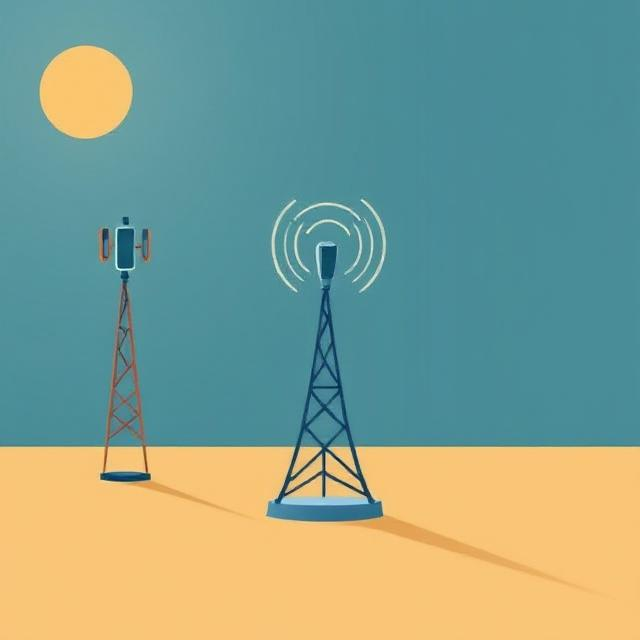In wireless communication, many users often need to share the same channel—like a radio frequency—to send and receive data. To make sure everyone can communicate without interfering with each other, special techniques called multiple access methods are used. These methods divide the available communication resources—such as time, frequency, or codes—in different ways.

TDMA (Time Division Multiple Access)
What is TDMA?
TDMA divides the communication channel by time. Different users are given specific time slots during which they can send their data, one after another. Imagine a group of people taking turns speaking on the same phone line.
How does TDMA work?
-
The channel is split into multiple time slots.
-
Each user gets a fixed time slot to transmit data.
-
When one user’s time slot is over, the next user gets their turn.
Example:
Think of a conference call where each person is allowed to speak for 30 seconds at a time. Nobody talks over anyone else—they just take turns.
Where is TDMA used?
TDMA was widely used in older mobile communication systems like 2G GSM networks.
FDMA (Frequency Division Multiple Access)
What is FDMA?
FDMA divides the communication channel by frequency. Each user gets their own unique frequency band to transmit data. It’s like tuning into different radio stations to listen to different programs.
How does FDMA work?
-
The total frequency range is split into smaller bands.
-
Each user continuously transmits on their assigned frequency.
-
Users don’t have to wait for a time slot since they have separate frequency channels.
Example:
Imagine several people talking on different radio channels at the same time. Since each has their own frequency, they don’t interfere with each other.
Where is FDMA used?
FDMA was common in analog communication systems and the earliest mobile networks like 1G.
CDMA (Code Division Multiple Access)
What is CDMA?
CDMA allows all users to share the same frequency and time by assigning a unique code to each user’s data. It’s like everyone talking at once in a room, but in different secret languages so each person can be understood separately.
How does CDMA work?
-
Each user’s signal is encoded with a unique code.
-
All users transmit simultaneously over the same frequency.
-
The receiver uses the codes to decode and separate each user’s data.
Example:
Imagine a crowded room where everyone is speaking at the same time, but each person uses a unique language. Listeners who know the languages can understand each speaker clearly.
Where is CDMA used?
CDMA is used in modern mobile networks such as 3G and other advanced wireless systems.
Comparing TDMA, FDMA, and CDMA
| Method | How It Works | Example | Used In |
|---|---|---|---|
| TDMA | Divides time into slots for each user | People taking turns speaking | 2G GSM networks |
| FDMA | Divides frequency into separate bands | Different radio stations | Early mobile (1G) |
| CDMA | Uses unique codes for each user | Everyone speaking different languages | 3G and modern systems |
When to Use Each Method?
-
TDMA: Best when you want to give each user a turn in time and keep things simple.
-
FDMA: Ideal if there’s enough frequency spectrum to assign separate bands to each user.
-
CDMA: Most efficient for maximizing the number of users sharing the same channel, especially when resources are limited.
Summary
TDMA, FDMA, and CDMA are all clever ways to share wireless channels so multiple users can communicate without interference. They manage time, frequency, or coding to keep signals separate and clear, enabling everything from simple phone calls to complex mobile internet connections.
Tags: 1G mobile networks, 2G GSM, 3G technology, analog systems, CDMA, channel access, channel multiplexing, Code Division Multiple Access, code-based multiplexing, communication channel sharing, Communication Protocols, communication resource division, Data transmission, digital systems, FDMA, frequency allocation, frequency bands, Frequency Division Multiple Access, interference management, mobile communication technology, mobile networks, Multiple Access, Multiple Access Methods, multiplexing techniques., network efficiency, shared channel, signal separation, simultaneous transmission, spectrum utilization, TDMA, Time Division Multiple Access, time slots, unique codes, user capacity, user time allocation, wireless communication, wireless multiple access


